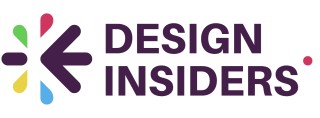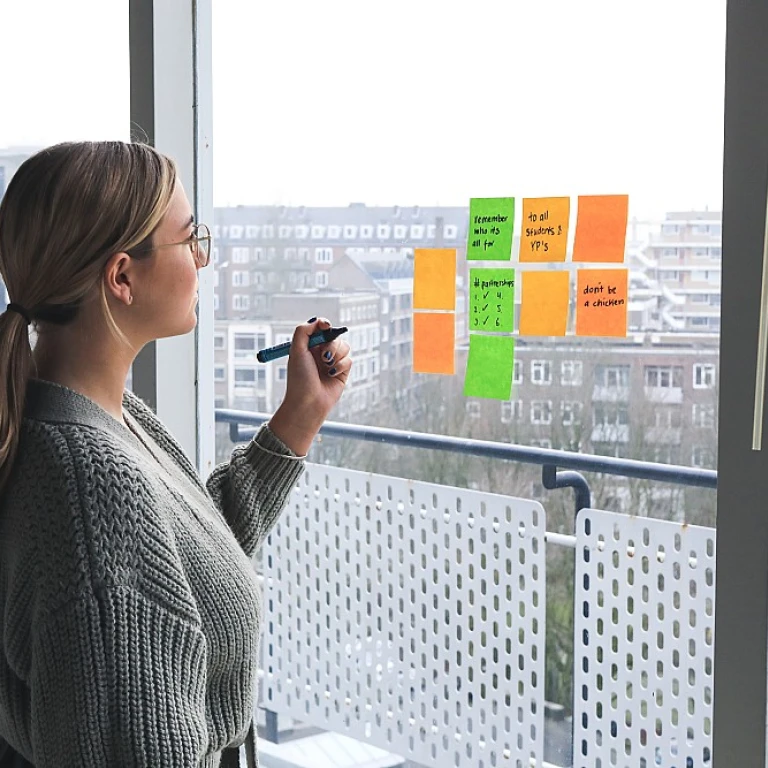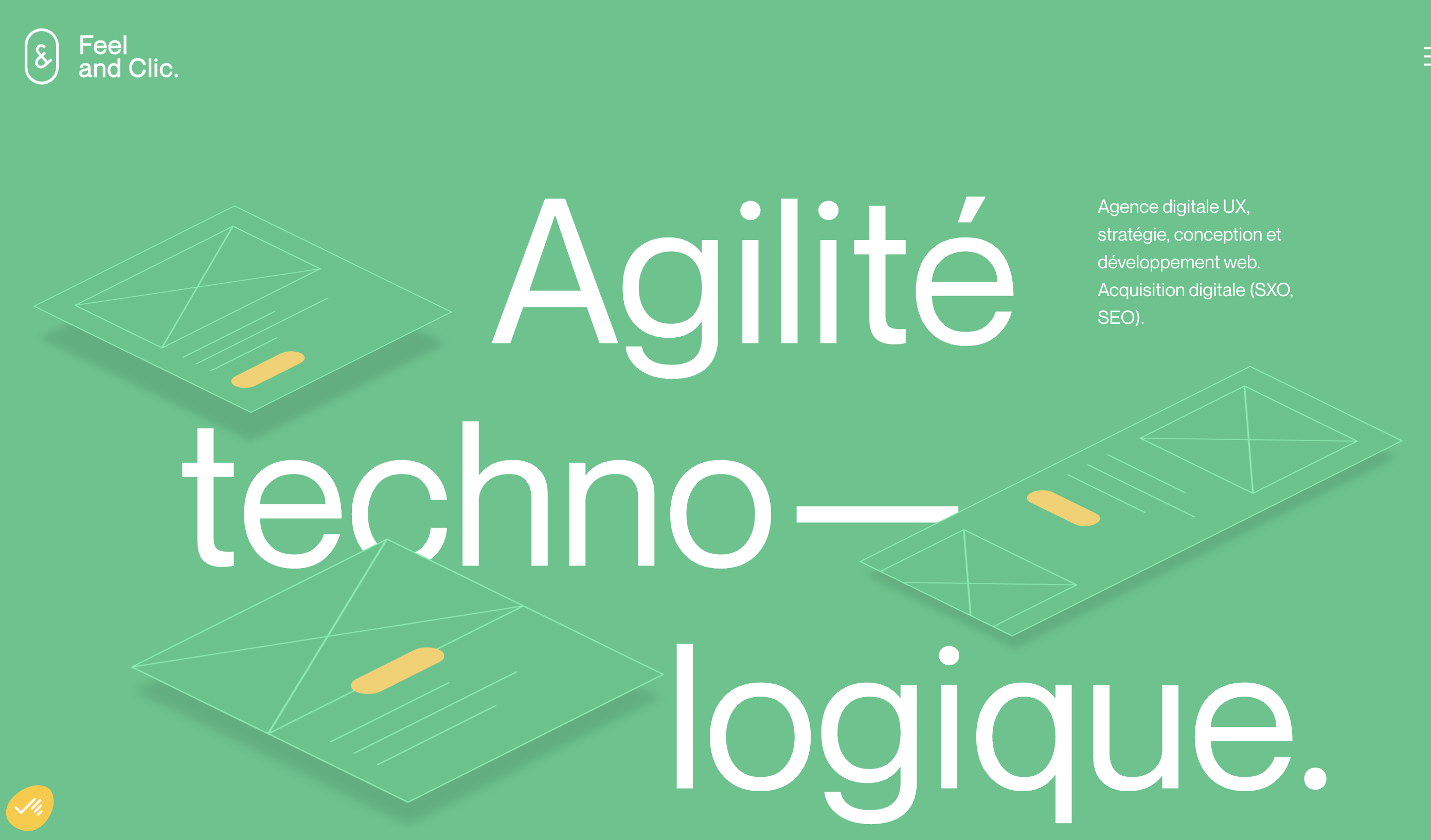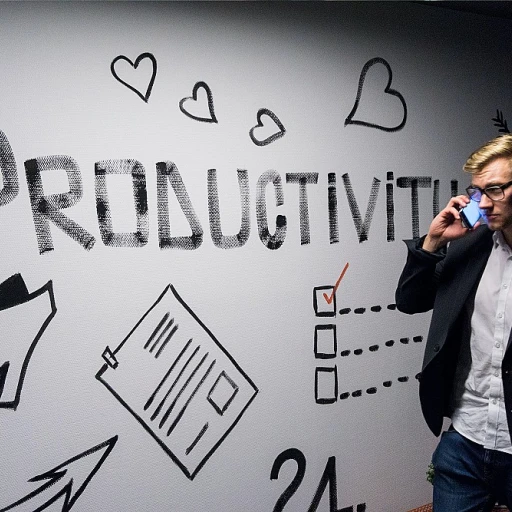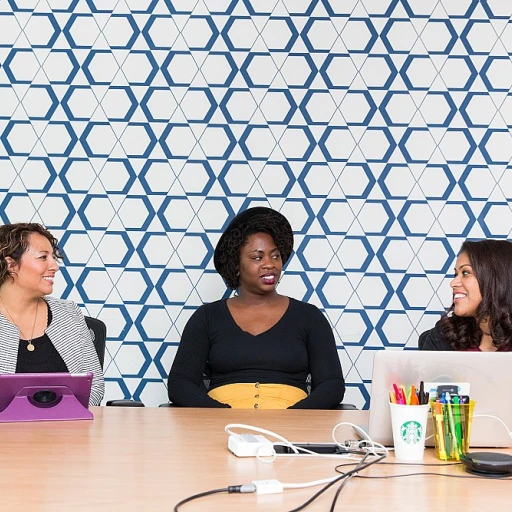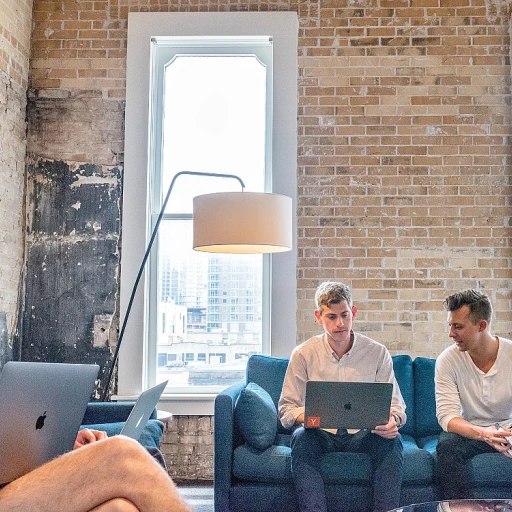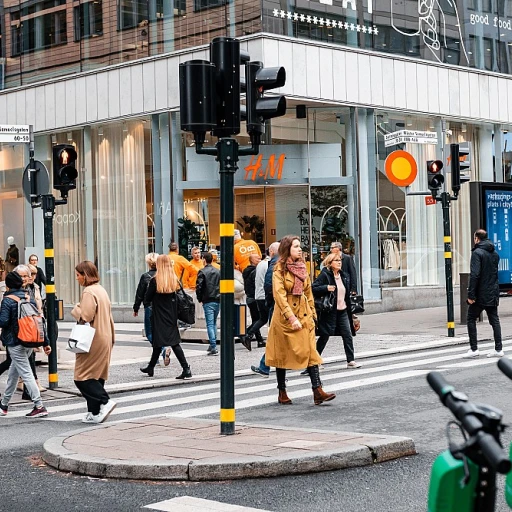
Understanding Accessibility Funding
Demystifying Accessibility Funds
In the realm of design, accessibility is not merely a nice-to-have feature but a fundamental necessity. With numerous individuals experiencing disabilities, there is a pressing need to improve accessibility in everyday projects and services. Recognizing this, various funding options are available to support initiatives aiming to remove barriers and create inclusive environments.
Numerous funding avenues exist for organizations to tap into to enhance their offering. From grant programs to dedicated accessibility funds, these resources help make projects more accessible to people with disabilities by incorporating universal design elements and accessibility features. Government agencies and non-profit organizations often sponsor these programs designed to cater to the needs of persons with disabilities.
However, understanding the different programs and services available and how they apply can be a daunting task. Various organizations provide foundational support to community initiatives that seek to integrate accessible services, whether it involves mental health considerations, hearing loss accommodations such as American Sign Language, or fair housing improvements.
For those embarking on the journey to secure funding for accessibility projects, accessing an accessibility fund is just the beginning. A deep understanding of the programs’ criteria and how to effectively apply for funding is crucial. This will provide a solid footing in navigating the application process for a grant, ensuring the project's goals align with the criteria of the funding body.
Increasingly, user experience consultants are being called upon to bring an expert eye to projects, ensuring that they meet the necessary accessibility standards and maximize the impact of the funding received. These professionals provide crucial insights, making community projects not just more accessible, but capable of serving a wider audience with efficacy and respect.
It’s essential to grasp the best practices in securing financial assistance and the importance of inclusive design. This understanding sets the stage for exploring how successful community projects have been funded, the challenges that may arise, and the emerging trends in accessibility funding that promise to shape the future.
The Importance of Inclusive Design
The Essence of an Inclusive Approach in Design
Inclusive design is rapidly becoming a core principle in the creation of products, services, and environments that cater to people of all abilities. The idea is to make spaces more accessible and user-friendly for everyone, from individuals without disabilities to those with varying types of disabilities—whether they be physical, sensory, or mental health-related. At the heart of inclusive design is the concept of "universal design," which seeks to remove barriers and improve accessibility for all users. This philosophy isn't just about adding ramps or accessible features after the fact, but rather integrating accessibility features throughout the design process from the very start. It resonates with the practice of involving user experience (UX) insights as shared in this discussion on the role of UX consultants. The implementation of inclusive design goes beyond profit-oriented goals—it's about ensuring equity and access for all within the community. Design that includes considerations for sign language, hearing loss, and other specific needs creates products and services that are inherently more adaptable, making them beneficial and profitable in broader markets. Projects that prioritize accessibility will find support in applying for an accessibility fund or grant programs, which are available through various non-profit organizations and government initiatives. This shift towards inclusivity requires a sustained commitment from designers, funders, and community members. It is bolstered by vigorous programs and services that aim to provide fair housing, access to hospitality, and customer service that respects persons with disabilities. The way forward involves collaborative efforts in disability projects and related accessibility projects, ensuring that accessibility funding and grant programs are effectively channeled to improve our collective quality of life.Navigating the Application Process
Securing Support for Inclusive Design Initiatives
Obtaining funding for accessibility and inclusive design projects can be a complex journey, but understanding the application process can significantly improve your odds of success. Funding opportunities are diverse, ranging from federal grants to private sources, and can provide vital support for projects aimed at improving accessibility for people with disabilities. Here's a guide to help you navigate this process.
First, it’s essential to research the range of programs and services available that align with your project’s goals. Many government initiatives are dedicated to supporting accessibility projects, such as those aimed at enhancing mental health services or removing barriers for people with hearing loss. Non-profit organizations and community programs may also offer grants to projects committed to universal design and improving accessibility features in various sectors, including fair housing.
Once potential funding sources are identified, you’ll need to thoroughly understand the criteria and guidelines of each grant program. This will ensure your application aligns with their focus on accessibility and inclusive design. Clearly articulate the impact your project will have on the community, emphasizing how it will provide better access to services for persons with disabilities.
In addition to eligibility requirements, pay attention to application deadlines and ensure all required documentation is in order. Many accessible initiatives might benefit from including unique elements like American Sign Language services or enhanced customer service training tailored for people with disabilities. Highlight these components in your proposal to demonstrate a comprehensive approach.
A well-prepared application not only outlines the need for funding but also describes how the project will sustain itself post-grant. Profit organizations seeking to apply should elucidate how their projects serve the community and contribute to the development of lasting accessibility solutions. In this competitive landscape, attention to detail and a compelling narrative about the positive change your project promises to bring are key. By preparing meticulously and exploring various support avenues, your chances to secure that pivotal funding will significantly increase.
For those eager to delve deeper into shaping tangible impact through design projects, a look at understanding student feedback in design education can offer valuable insights into real-world application.
Success Stories in Design
Real-World Examples of Success
Inclusive design is not just a theoretical concept; it has been successfully implemented in various projects, demonstrating the profound impact of accessibility funding. These success stories highlight how strategic support can transform communities and improve the quality of life for people with disabilities.
One notable example is a community center that utilized a grant program to enhance its accessibility features. By installing ramps, widening doorways, and incorporating American Sign Language interpreters, the center removed barriers for persons with disabilities, ensuring they could fully participate in community activities. This project not only improved accessibility but also fostered a more inclusive environment.
Another inspiring case is a non-profit organization that received funding to develop a web platform designed with universal design principles. This platform offers services and programs tailored for individuals with hearing loss and other disabilities, ensuring they have equal access to information and resources. By prioritizing accessibility, the organization has set a standard for others to follow.
In the realm of housing, a fair housing initiative successfully applied for funding to create accessible living spaces for people with disabilities. This project focused on retrofitting existing homes with necessary accessibility features, such as grab bars and lowered countertops, making them more accommodating for persons with disabilities. The initiative has been praised for its commitment to improving the living conditions of its community members.
These examples underscore the importance of navigating the application process effectively to secure the necessary funds. They also illustrate how targeted support can lead to significant improvements in accessibility, benefiting not only individuals but entire communities. As we look to the future, these stories serve as a testament to the potential of inclusive design when backed by adequate funding and support.
